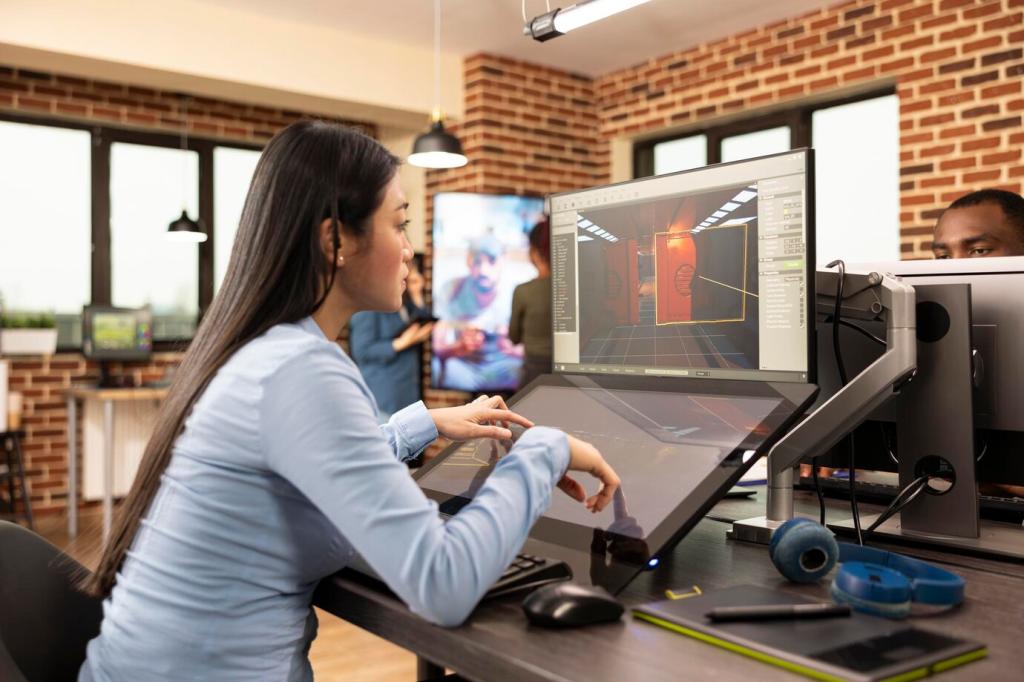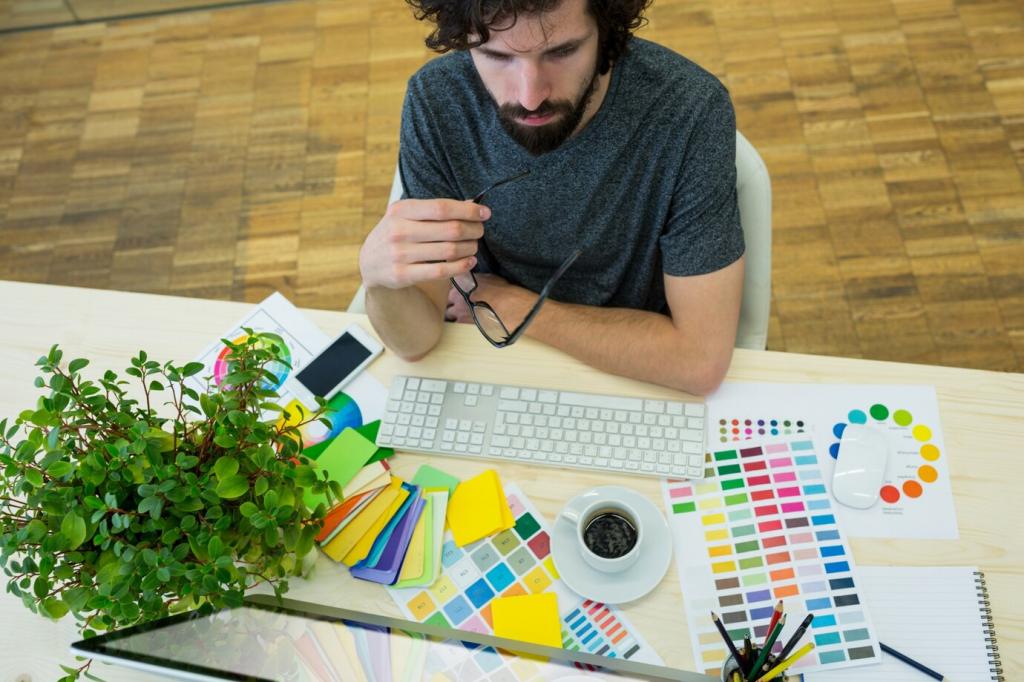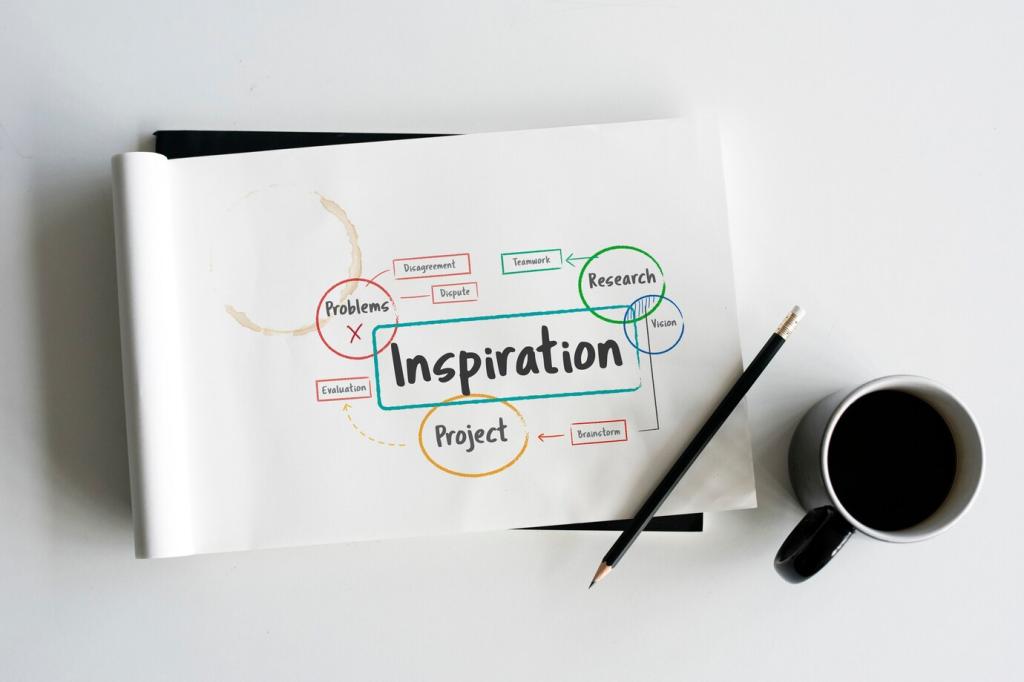Texture, Pattern, and the Quiet Sound of Surfaces
Rather than “oak paneling,” try “oak with a slow, riverlike grain that steadies the walls.” The grain’s tempo informs the room’s mood and prepares readers to accept restrained art and generous negative space.
Texture, Pattern, and the Quiet Sound of Surfaces
Describe pattern as a heartbeat: the tile’s rhythm quickens near the island, then eases by the pantry. Clients understand placement and restraint because rhythm, not novelty, justifies every repeat.
Texture, Pattern, and the Quiet Sound of Surfaces
Pair two textures in one sentence—bouclé and brass, rattan and graphite—so they collaborate, not compete. Post your sentence and follow for a downloadable glossary of tactile adjectives field‑tested on real presentations.






